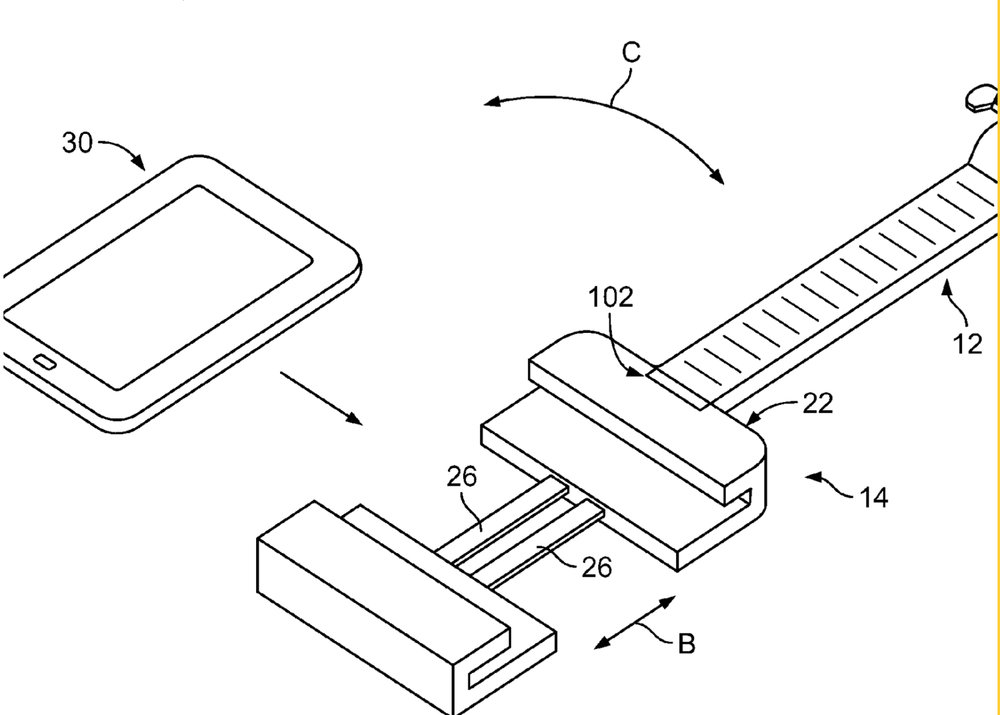
A quiet Monday, but we still have some great stories for you:
- The developer and public betas for macOS Sierra have been updated today
- Want Apple CarPlay in your car, but don’t want to buy a new car to do so? Sony announced a new aftermarket receiver that will work great in your favorite car
- The almost-one-year-old iPhone 6s trounces the brand new Samsung Galaxy Note 7 in a head-to-head speed test
- Join Team AWT and keep the website — and this podcast — going!
The text version of the podcast can be viewed below. To listen to the podcast here, click the play button on the player below.

Most guitars have a solid neck rigidly coupled to either a hollow or solid body. Apple says that, this construction, while aiding in predictable tuning and quality guitar play, render the guitar cumbersome for travel (e.g. air, train, auto, etc. . . . ), particularly given the additional bulk of the associated guitar case (hard or soft).
While various travel guitars have been attempted, most are simply smaller or scaled down versions of their traditional counterparts, which still present challenges for travel and/or predictable tuning and quality guitar play. The present invention is directed at overcoming these disadvantages.
Apple has also been granted a patent (number 9,424,647) for “visual-based inertial navigation” that involves device localization. It seems to involve technology from Flyby Media, a company that worked with Google on a 3D positioning technology and which Apple acquired last year.

The patent allows a consumer device to place itself in three-dimensional space using camera imagery and sensor data. In the filing, Apple notes that, as portable computing devices, such as smart phones, smart glasses and other devices, become more ubiquitous, there’s an interest to provide such devices with localization and mapping capabilities.
Localization can be partially addressed by relying on systems that use global positioning system (GPS) signals or triangulation of cell tower signals to calculate position. Mapping can be partially addressed with enterprise solutions, such as having cars configured with specialized equipment drive through and map streets. Localization and mapping benefit consumers with maps and location-based services. However, such services tend to be limited to use outdoors, since GPS signals or cell tower signals may be blocked within buildings, and since mapping for portable computing devices typically has not extended to indoor environments. What’s more, commercial localization and mapping services are generally unable to provide accuracy higher than several meters with respect to position, according to Apple, which is looking to overcome such hurdles.
Finally, Apple has been granted a patent (9,424,405) for “using receipts to control the assignment of items of content to users.” It involves purchased digital content such as digitally-rendered books, music, or video and apps.

Because many content providers are configured to complete transactions with individual users, the mechanisms provided to enable purchasing entities (e.g., businesses, institutions, etc.) to purchase and assign/transfer items of content to users may not provide the level of control over the items of content that the purchasing entities desire, notes Apple. For example, assuming that a purchased item is an app assigned to an employee by an employer, because the employee owns the app, the employee can freely use it even if he/she leaves employment with the employer. Apple wants a finer level of control to be implemented.

